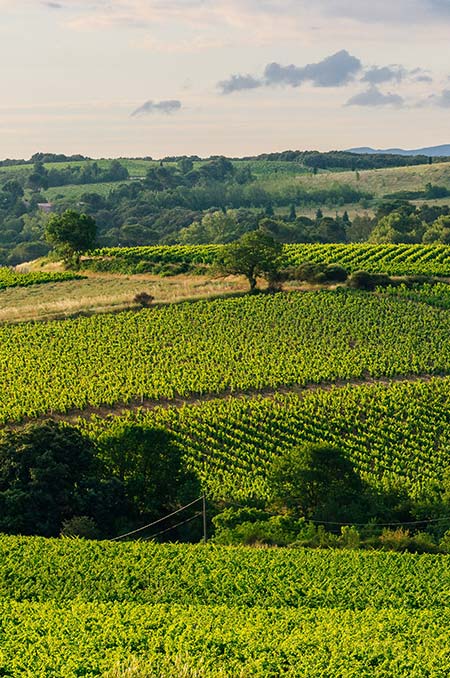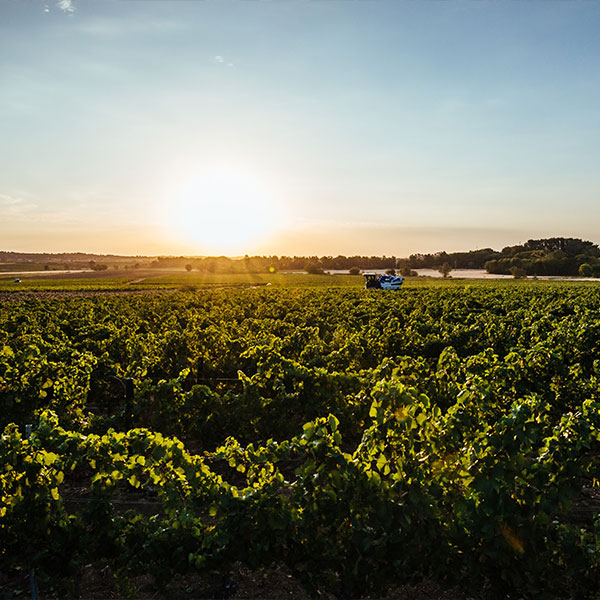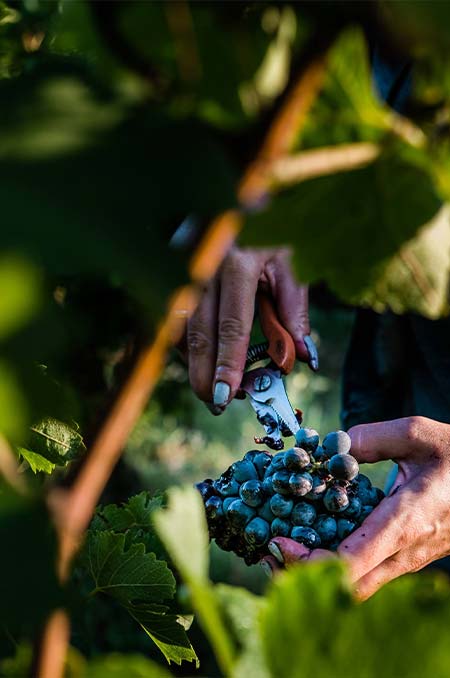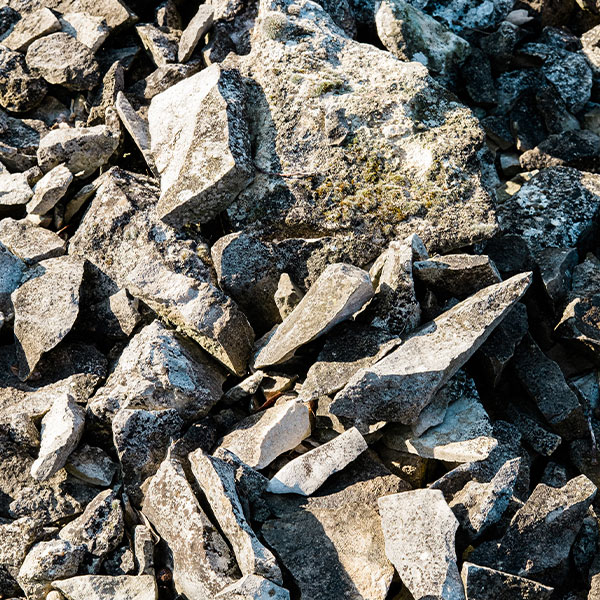Terroir
AOP Cabardès : origine et excellence

Les trésors géographiques du Cabardès
Au nord de Carcassonne, entre les contreforts sud de la Montagne Noire et le paisible Canal du Midi, s’étend le terroir du Cabardès. Ce territoire, traversé par des rivières claires et bordé de collines, offre un paysage d’une diversité rare. Chaque parcelle raconte une histoire, façonnée par les éléments naturels et une riche mosaïque de sols calcaires et schisteux. Les prairies verdoyantes s’étendent entre les garrigues aromatiques et les roches escarpées, conférant à ce paysage toute sa profondeur de caractère.
C’est ce mélange de montagnes, de vallées et de cours d’eau, combiné à l’influence des vents de la Méditerranée et de l’Atlantique, qui confère aux vins du Cabardès leur caractère unique, reflet d’une nature généreuse et d’une terre fertile.
Aux confins des influences climatiques
Le climat du Cabardès se distingue par un mix d’influences méditerranéennes et atlantiques, créant l’équilibre idéal entre fraîcheur et chaleur. La rencontre des vents de l’Est et de l’Ouest joue un rôle crucial : les brises marines apportent une humidité bienvenue qui adoucit les étés souvent chauds et secs, tandis que les courants atlantiques s’invitent avec une fraîcheur revitalisante, tempérant les hivers doux et favorisant une maturation lente et harmonieuse des raisins.
Ce climat double-facette, unique en France, permet aux vignes du Cabardès de bénéficier des meilleures conditions des deux mondes. Cette alchimie climatique est essentielle pour produire des vins d’une complexité aromatique et d’une finesse exceptionnelles, reflétant le caractère unique de ce terroir à la croisée des influences maritimes et continentales.


Les richesses variées des cépages
Le vignoble du Cabardès se distingue par la coexistence harmonieuse de cépages méridionaux et atlantiques, créant des assemblages uniques. Les cépages méditerranéens comme le grenache et la syrah apportent des notes de fruits mûrs et d’épices, tandis que les cépages atlantiques tels que le cabernet franc, le cabernet sauvignon et le merlot ajoutent structure, fraîcheur et complexité.
Le merlot et les cabernets doivent constituer au moins 40% de l’assemblage final, complétés par la syrah et le grenache à hauteur de 40% également. Les cépages accessoires, cot (malbec), fer servadou et cinsault, ne dépassent pas 20% du vin fini, assurant ainsi un équilibre parfait entre puissance et élégance.
Une mosaïque géologique
Le terroir du Cabardès est une mosaïque géologique complexe qui contribue à la diversité et à la richesse de ses vins. Les sols y sont variés, allant des calcaires alvéolaires aux schistes, en passant par les marnes et les molasses. Cette diversité géologique permet aux différents cépages de s’exprimer pleinement, chacun trouvant son terrain de prédilection pour révéler toute sa typicité.
Les formations géologiques comprennent des calcaires lacustres, idéaux pour le grenache et la syrah, des schistes et gneiss dans les zones élevées apportant minéralité et structure, et des marnes et molasses dans les vallées favorisant l’équilibre hydrique et la profondeur des arômes. Les terrasses anciennes du quaternaire, avec leurs sols bien drainés et riches en minéraux, ajoutent à la complexité des assemblages.
